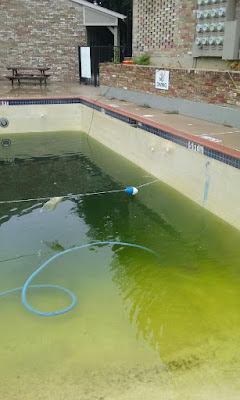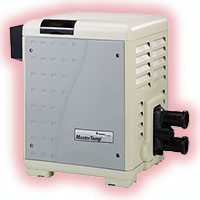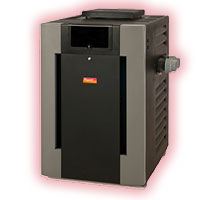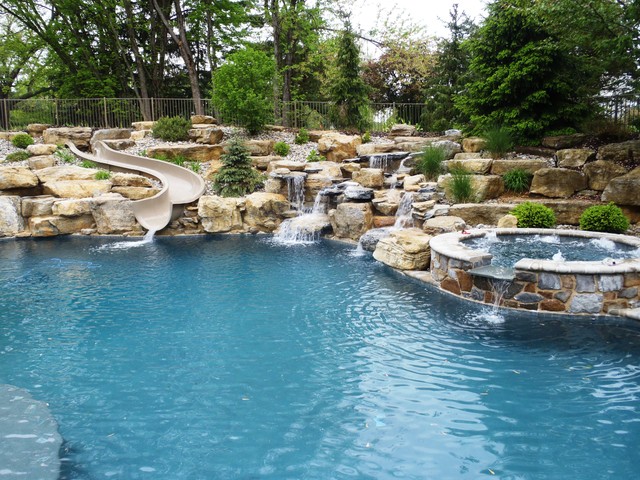
Many of y'all in the south are not accustomed to winterizing your pool, or even to such cold winter temperatures. here's what to do if your pool equipment freezes or if you have had freeze damage to your pool equipment.












 Whether your pool looks like a swamp, or you just want a fresh, clean-looking appearance, acid-washing your swimming pool can help. Also called "drain and clean," pools need this type of cleaning when winterizing the pool isn't done correctly, or algae has taken over due to the pool not being used or maintained in a while. The acid-wash process essentially strips the top layer of plaster to reveal fresh plaster beneath, so it's not recommended to do it often. But once in a while is a great idea!
Whether your pool looks like a swamp, or you just want a fresh, clean-looking appearance, acid-washing your swimming pool can help. Also called "drain and clean," pools need this type of cleaning when winterizing the pool isn't done correctly, or algae has taken over due to the pool not being used or maintained in a while. The acid-wash process essentially strips the top layer of plaster to reveal fresh plaster beneath, so it's not recommended to do it often. But once in a while is a great idea! |
| Here's Allan, Blue Lagoons Pool Tech doing a Drain & Clean on a commercial pool. |
 Pentair Pool Heater is designed with easy operation in mind. The straightforward digital, rotating display is complete with indicator lights makes for simple system operation. The compact design quiet operation makes for a discreet heater that will not be an eyesore near your pool area. It’s built to last with tough corrosion-resistant components can withstand exposure to low pH, high water flow, and heavy use-age. With a hot surface ignition it does not require lighting of a pilot light, and push-button, digital control panel is easy to operate. The heater incorporates PMG combustion technology giving it the a high 84% efficiency rating.
Pentair Pool Heater is designed with easy operation in mind. The straightforward digital, rotating display is complete with indicator lights makes for simple system operation. The compact design quiet operation makes for a discreet heater that will not be an eyesore near your pool area. It’s built to last with tough corrosion-resistant components can withstand exposure to low pH, high water flow, and heavy use-age. With a hot surface ignition it does not require lighting of a pilot light, and push-button, digital control panel is easy to operate. The heater incorporates PMG combustion technology giving it the a high 84% efficiency rating. If you live in a region with a dramatic climate one of the best heaters on the market specifically built to withstand the elements is the Raypak Digital Pool Heater. Many consider the Raypak Digital Heater to be among the best heaters specifically designed to defend itself from factors that can decrease performance in a typical heater: wind, leaves, rain, sleet, snow, airborne debris, down drafts, updrafts – it has an answer for all of these would be antagonists. It would pretty much take a hurricane or apocalyptic ice age to slow it down. Rust is also not a problem with this pool heater – equipped with polymer headers, a copper finned-tube heat exchanger and stainless steel tube sheets. The Raypak Digital interface includes a self-diagnostic center that clearly explains the problem without the use of confusing codes.
If you live in a region with a dramatic climate one of the best heaters on the market specifically built to withstand the elements is the Raypak Digital Pool Heater. Many consider the Raypak Digital Heater to be among the best heaters specifically designed to defend itself from factors that can decrease performance in a typical heater: wind, leaves, rain, sleet, snow, airborne debris, down drafts, updrafts – it has an answer for all of these would be antagonists. It would pretty much take a hurricane or apocalyptic ice age to slow it down. Rust is also not a problem with this pool heater – equipped with polymer headers, a copper finned-tube heat exchanger and stainless steel tube sheets. The Raypak Digital interface includes a self-diagnostic center that clearly explains the problem without the use of confusing codes.






